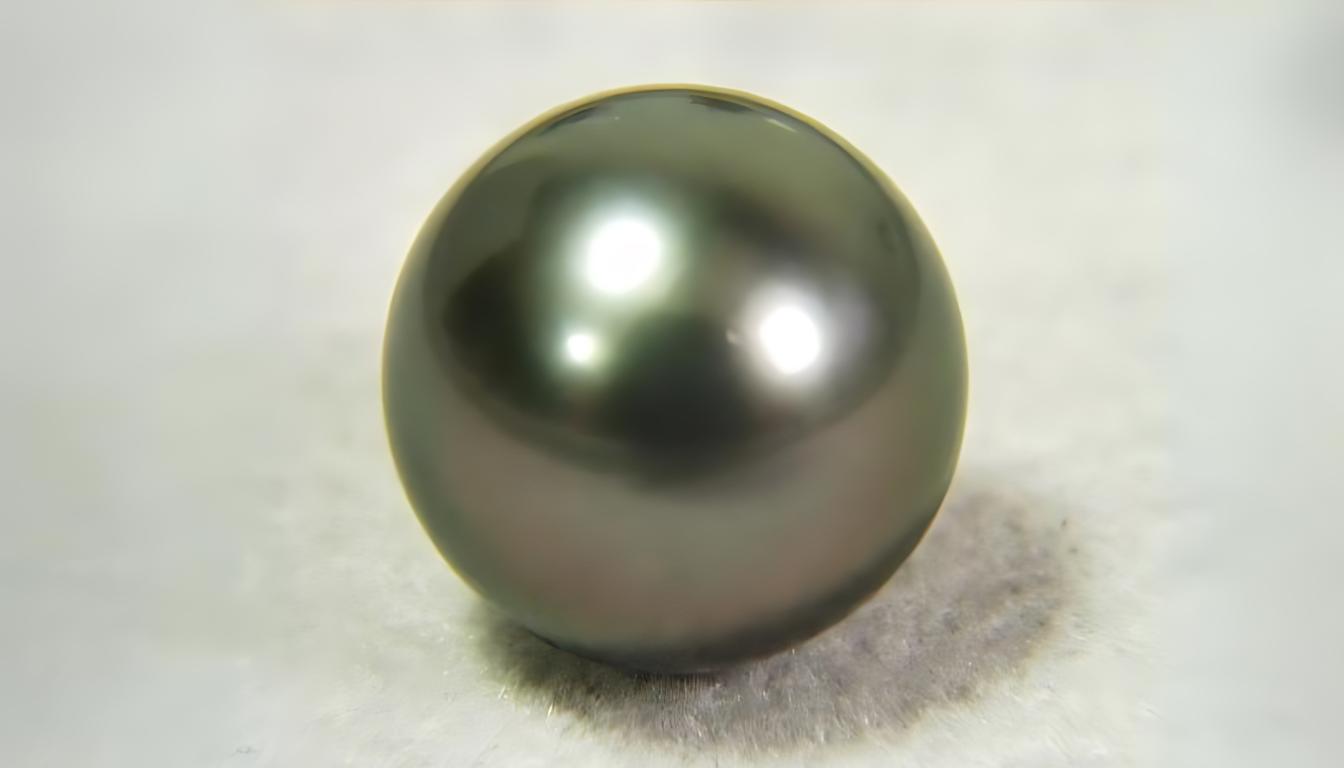When one is considering pearls, one can only associatively speak of the typical white or cream pearls that have encrusted queens and other nobles for many years. Nevertheless, there is a hidden and alluring diamond within pearls and its name is ‘the green pearl’. This less popular type has a certain charm which is born not only in its shade but in the very harmony of pearls. In this article, we will begin by looking at how and when green pearls were discovered, follow up with a look at the most distinctive features of these pearls, and finally the importance of putting these in the category of precious pearl stone.
Table of Contents
What is a Green Pearl and how can it be best utilized?
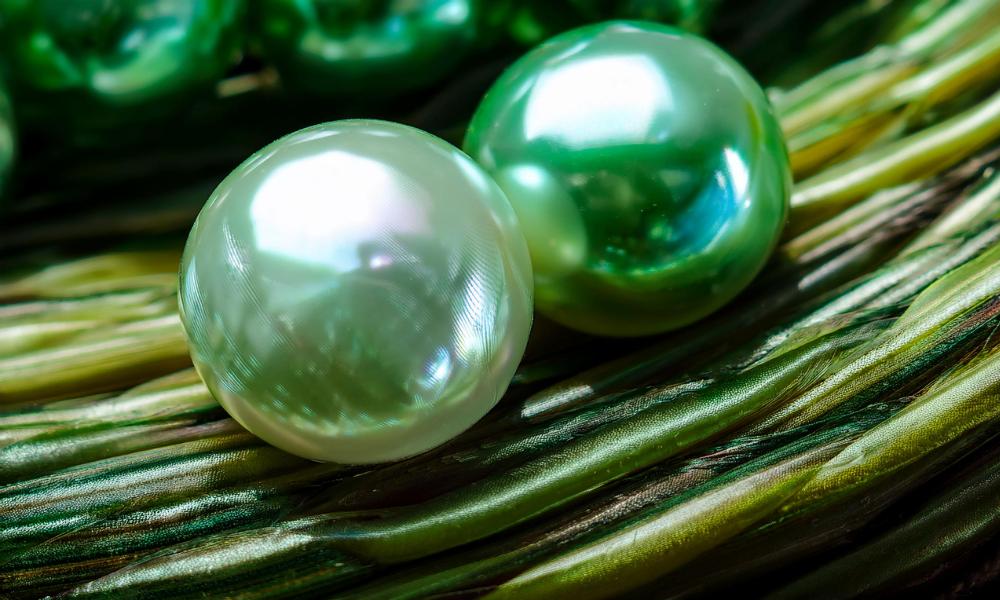
They are a variety of natural pearls which display an overall green color. Green pearls are not as familiar as white or pink pearls, and they are more challenging to find because they originate from some oyster species. This coloration ranges from very light green, almost pastel to deep dark emerald-type green color. The difference in color depends on the species of mollusk that produces it, the condition in which it is grown, and the inclusion of some organic material in the layers of the nacre.
Origins of Green Pearls
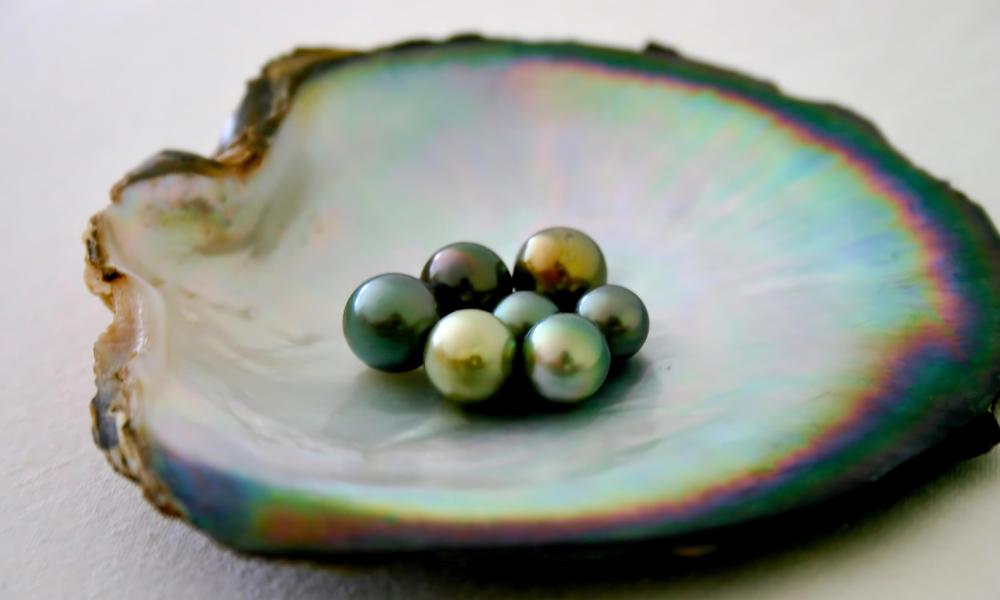
Green pearls are primarily produced by two types of oysters: two species of Oysters include Pinctada margaritifera (locally known as the Black-lipped oyster) and Pinctada maxima locally known as the Gold-lipped oyster). These oysters are grown in the warm and tropical environment of the South Pacific region with a major focus on Tahiti, Australia, and Indonesia.
Pinctada Margaritifera:
Dominant primarily for black pearls, the Black-lipped oyster also yields greenish pearls. The green coloration in these pearls is supposed to be a result of certain conditions of the oyster environment and the additional impact of light on the pearl body.
Pinctada Maxima:
This oyster is popular for producing gold and silver pearls but it is capable of producing pearls that have green color. These pearls are usually of a more vivid green hue than other specimens obtained from this oyster.
Characteristics of Green Pearls

The beauty of these pearls lies in their distinctive characteristics:
Color:
They can be a light pastel green or a deep, dark green – in other words, green in a range of shades. The hue also depends on overtone colors, for example, blue or yellow which would give the pearl features that are more profound.
Luster: As is the case with other pearls, the green ones are valued for their luster – this is a reflection of light off the surface of the pearl. Actually, only high-quality green pearls will possess a very rich green ‘oil sheen’ which brings out their beauty and vividness.
Surface Quality:
In terms of the appearance of the pearls themselves the green pearls can be of varying quality and shine, that is they can be smooth and shiny or contain external or internal imperfections which are found in freshwater pearls and other types of pearls naturally. This is, these imperfections are inherent in pearl formation and they can complement the specific identity of pearls.
Shape and Size:
Green pearls can be in round, oval, or baroque shape and size. They can also differ in size still the bigger pearls are incredibly rare and costly.
Cultured vs. Natural Green Pearls
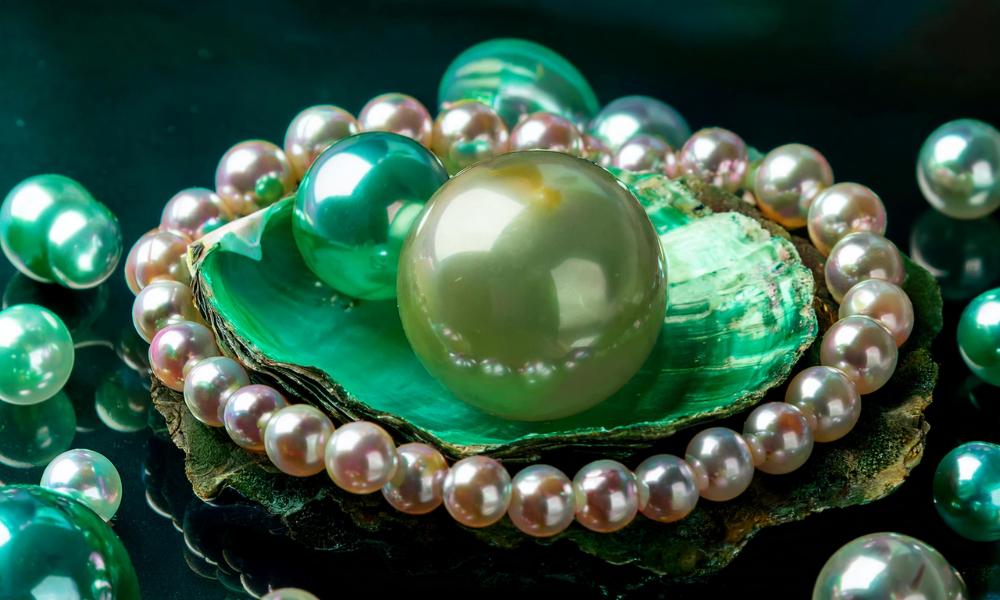
If grown in cultured, these green pearls would be called Akoya, if grown in natural, they would be called South Sea.
What is more one should not confuse natural pearls with cultured pearls that are considered to be a human investment. The natural green pearls are not cultured, but rather grown freely in the oysters in the sea and as such are very limited in supply and therefore expensive. On the other hand-cultured green pearls are man-made that is they undergo certain processes by people. Although they are still valuable, they are more easily accessible than products from nature.
Cultured pearls may be developed by implanting a nucleus on the inner lining of the oyster shell to initiate the pearl-making process. These pearls can therefore not be as rare as natural pearls, but they may feature very beautiful and high-quality coloration.
Caring for Green Pearls

Green pearls, like all pearls, require special care to maintain their beauty:
Avoid Chemicals:
Pearls for instance are very delicate and should not come into direct contact with perfumes, hairsprays, cleaning chemicals, and the like. They should not be worn during the application of such products; however, pearl jewelry should be worn after the application of such products.
Cleaning:
Never wash your pearls with water but use a soft cloth with a drop of mildew to wipe off the grime on clean, green pearls. Do not immerse them in water or put them in ultrasonic cleaners because this can destroy the look of nacre.
Storage:
Pearls should be kept in a soft pouch that will not imprint or scratch the surface of the valuable stones in the course of storage. Storing them in a humid area also helps keep the Look as well, so they should not be placed in the Bathroom.
Symbolism and Significance

Pearls on the other hand are associated with many cultures with power, health, and wealth. Green pearls, due to their color, may also symbolize growth, new beginnings as well as harmony. Owing to their scarcity and finesse they are favored for ceremonial purposes and are often passed on from generation to generation.
In Fashion and Jewelry
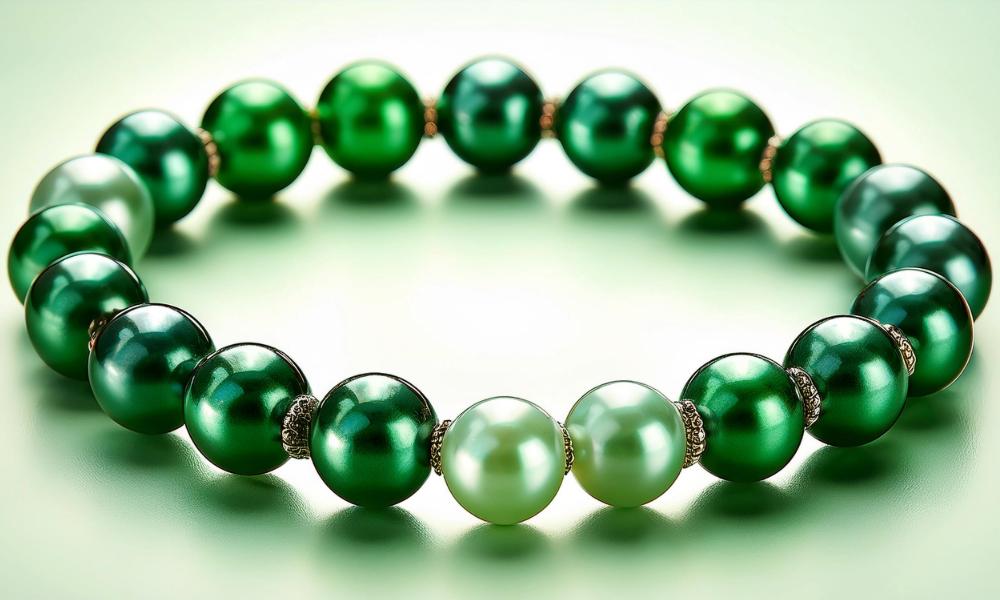
Emerald green pearls are steadily making their way to the international market floor of the fashion and jewelry industry. Due to this, they give a little erotic and intimate taste as well as distinction to any piece. It is then linked with other gemstones or metals to form outstanding modern designs of jewelry with pearls.
Green pearls are used in necklaces, earrings, bracelets, and rings as an exciting revamp to the typically seen pearls. Due to their rarity and uniqueness, they have become a darling of collectors and anyone in search of the rare and classic.
Conclusion
There is such a thing as green pearls which are a lovely type of pearls contributing beautifully to the sphere of pearls’ types. Their colors are beyond the norm, the shine, and the fact that they are not common, make them a classic for the classy people. If you are a collector, a lover of jewelry, or just an admirer of art realized by nature, green pearls will not leave you indifferent.
FAQs about Green Pearl
Q1. Are green pearls real?
Pearls also have tints or undertones that when beamed on make it to have a glow. For instance, a pearl may seem to be white, and laying it under a microscope and shining light for penetration it will appear pink green, or blue. Black pearls are not usually black they can be greenish, purplish, bluish, greyish, silvery, or peacockish.
Q2. Can you get natural green pearls?
Pearls are naturally available in various shades of colors, as well as cultured ones. Some are warm such as yellow, orange, and pink and others are cool such as blue, green, and violet. Al Bundy: ‘Tones – pearls have a light to dark range.’
Q3. What is the spiritual meaning of green pearls?
Green pearls symbolize union, earth, hope, growth, and rebirth. They are appropriate for a person who is in a position to begin a new life stage or someone who wants to advance as an individual. Following are the meanings of yellow pearls Creativity, Optimism, Clarity, and Happiness.
Q4. What is the emerald green pearl?
Ratani’s Emerald Green Pearl Granite is an amazing natural stone that exhibits a beautiful emerald green color and pearl giving it the name Pearl Granite. Specially extracted with finesse, this granite is refined which renders it suitable to be incorporated for giving a sophisticated look to any interior design applications.
Q5. What color pearl is the most expensive?
White South Sea pearls are the third most commonly chosen pearls – and the costliest. Grown in Australia, from the silver-lipped Pinctada maxima saltwater oyster, these are also referred to as the “queen of gems”.
Stay Tuned to Gems Tycoon for all gems-related articles.

